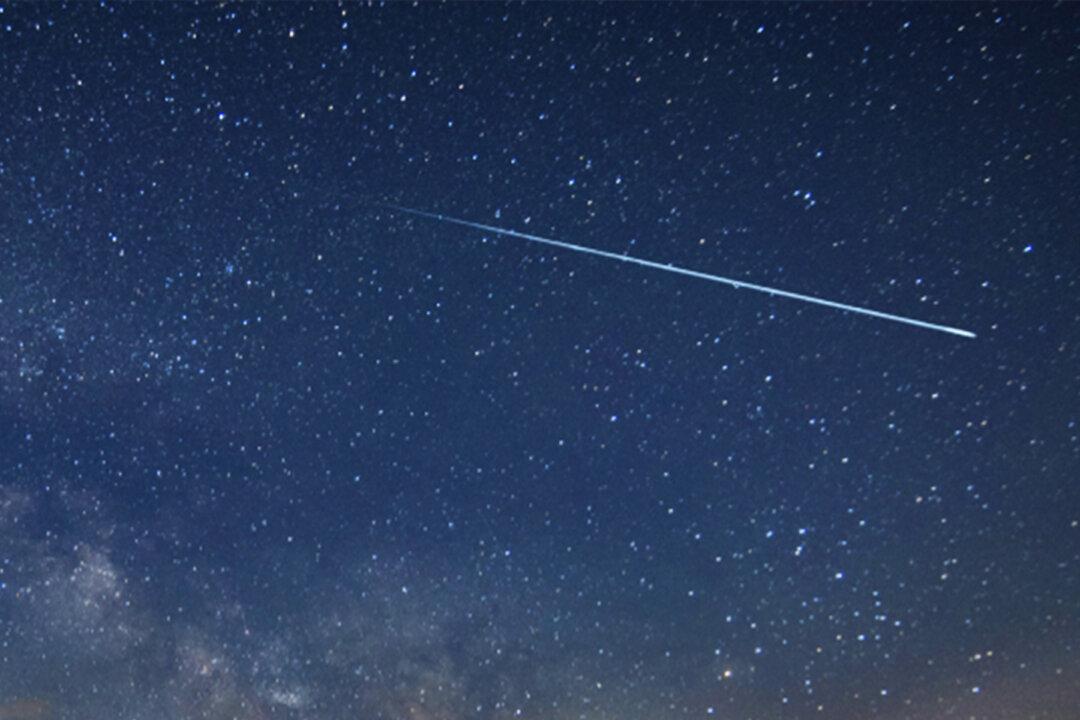Although many people who are self-isolating have caught up on all their favorite TV shows, the night skies will be offering one for free this week. First, on the night of May 5, and then in the early morning of May 6, 2020, the Eta Aquariids meteor shower will light up the sky.
As if that weren’t special enough, the final supermoon of the year, known as the “Flower Moon,” also called the “Corn Planting Moon,” will light up the night sky on May 7.





